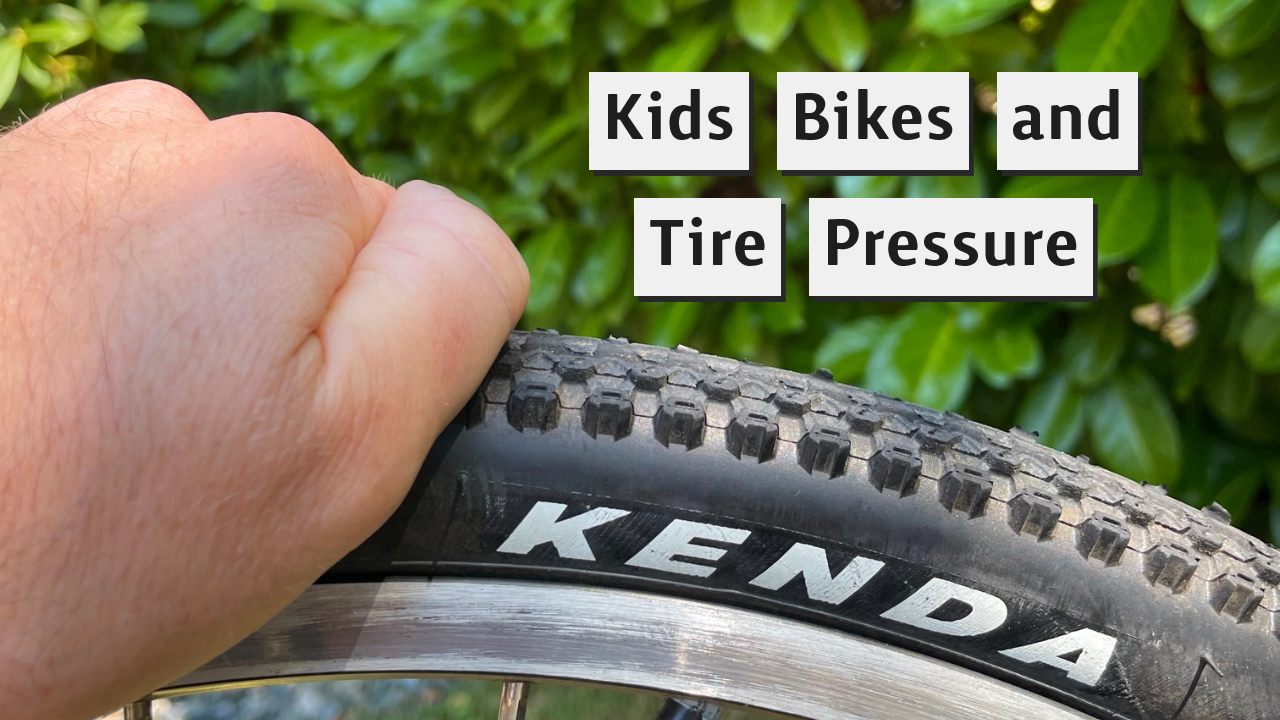A parents’ guide to why kids bike tire pressure matters and how road vs trail riding is different.
With experience you can often get by “feeling” tire pressure with a quick squeeze but this guide is geared towards getting the best performance. And to be honest, we use a pressure gauge almost every ride when it comes to mountain biking as small differences when trail riding make a huge difference for the kids.
The Basics
PSI. You may have heard this acronym being tossed around conversations around how much air to inflate a bicycle tire with. PSI or “pounds per square inch” is simply the measure of pressure resulting from a force of one pound-force applied to an area of one square inch. This gives us a number which we can use as reference for how much or little air is in the tire. Most quality bicycle pumps have gauges which read in PSI but pump gauges are often inaccurate. Alternatively and recommended, you can get a separate pressure gauge at a reasonable price.
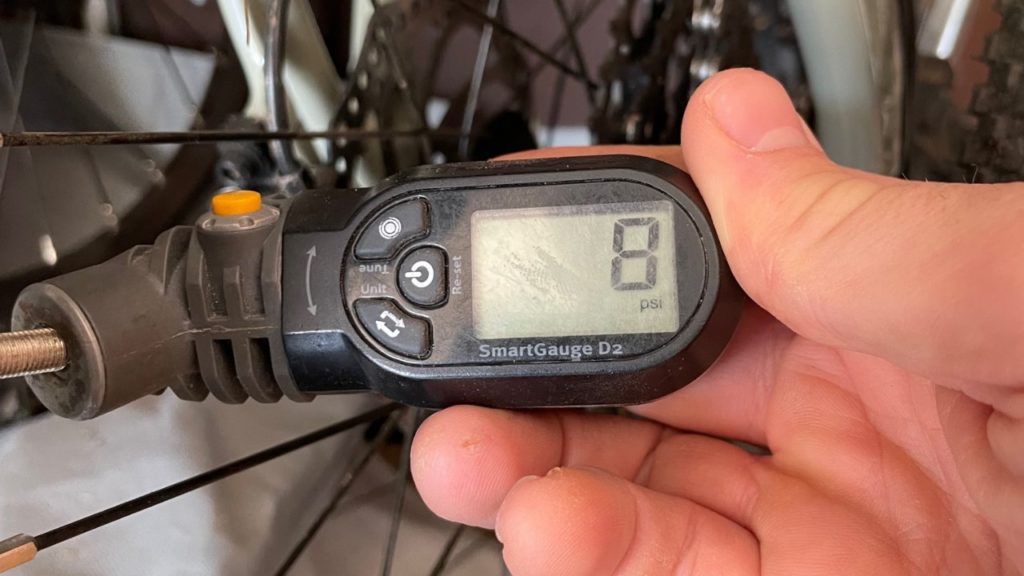
All pneumatic tires like car tires and bicycle tires are pressurized by an “air-tight” chamber, be it a tube or sealed tubeless tire. The higher the PSI, the harder the tire. The lower the PSI, the softer the tire. For bicycles, the tubes and tires are just woven rubber and air will leak over time so it is important to check tire pressure regularly. It is simple and probably the most effective way to create the best performance for your child’s bicycle.
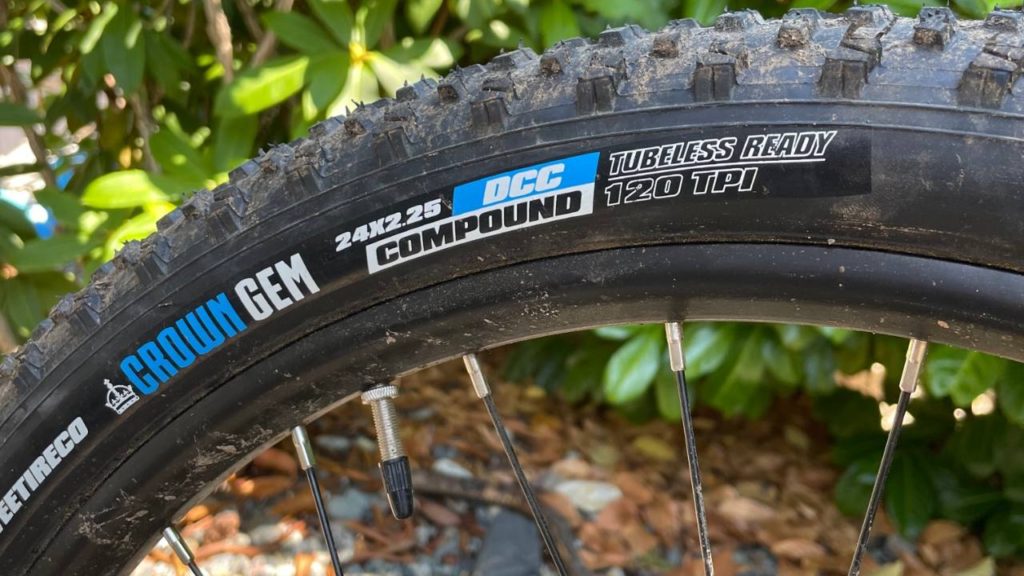
Tire width and tire pressure
Tires require a certain amount of air pressure to prevent them from bottoming out on the rim. Because wider mountain bike tires have more air volume, it is possible to ride them at lower pressures, increasing both comfort and traction on the trail. On the other hand, narrower road tires have much less volume so they need more PSI to prevent bottoming out and pinch flats.
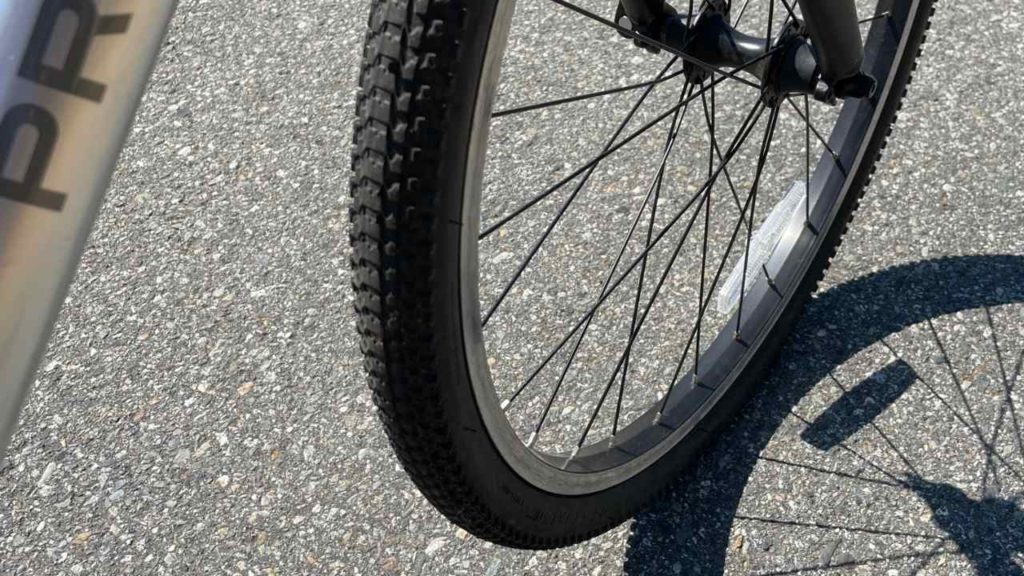
Bicycle Tire pressure suggestions
All bicycle tires have a suggested range of pressure that can be found on the sidewall of the tire. Kids mountain bike tires will have lower recommended pressure and kids road racing bicycle tires will have higher suggested pressure. Somewhere in between lies most kids pedal bikes tires made for riding around the neighborhood and light gravel/dirt path use. For kids, we often find ourselves outside these suggested ranges on the low side due to lower rider weights. See our recommended ranges below.
Mountain biking: 2.1-2.5 inch wide= 8-20 PSI (even lower for the really light kids on 16 inch bikes)
Neighborhood/gravel/dirt path: 1.5-2.0 inch wide= 20-50 PSI
Road Riding: < 1.5 inch wide= 50-85 PSI
These suggestions are just a starting place and are dependent on the weight of the child and width of the tire. For example, for kids under 50 lbs, we will run 8-10 PSI on their 2.2 inch mountain bike tires. For kids around 100 lbs, we run anywhere from 14-18 PSI depending on terrain.
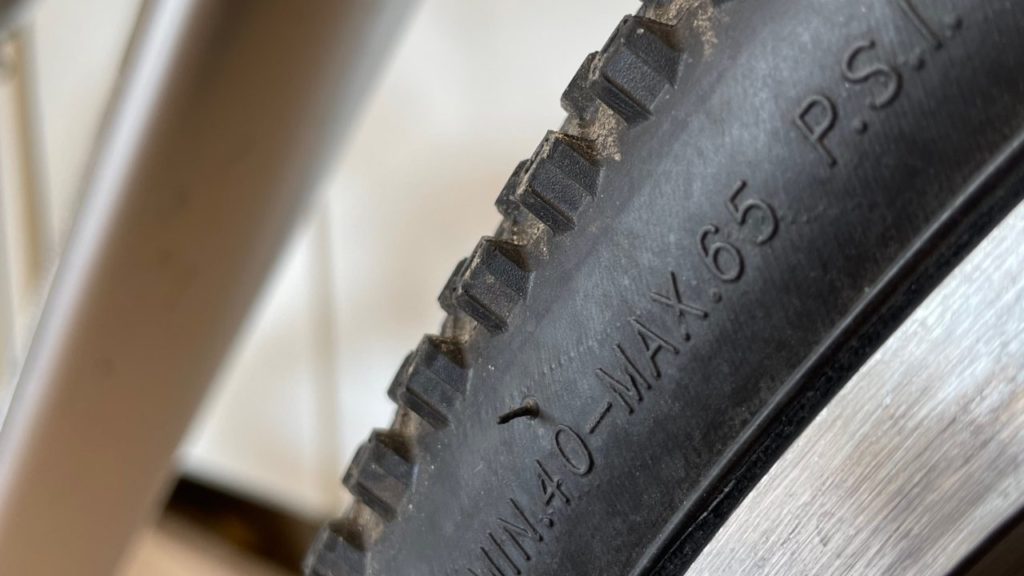
Traction vs rolling speed and flat tires
The general rule is a firmer tire will roll faster but be a harsher ride where low pressure tires will be slower rolling but more forgiving. As with everything, it is finding the balance which is key. A softer tire will offer more traction and more comfort so make sure to explore pressures in the suggested ranges to find the “sweet spot” for your kiddo’s weight and the terrain they are riding (paved vs trails).
For riding around the neighborhood, you don’t want to run too low pressure as this will increase the chance of a flat tire, bottoming out of the rim, having the tire rolling off the rim and create slower rolling speeds. The number one culprit for kids is the tube pinched against the rim when kiddo rides over a curb which will cut the tube and possibly damage the rim of the wheel.
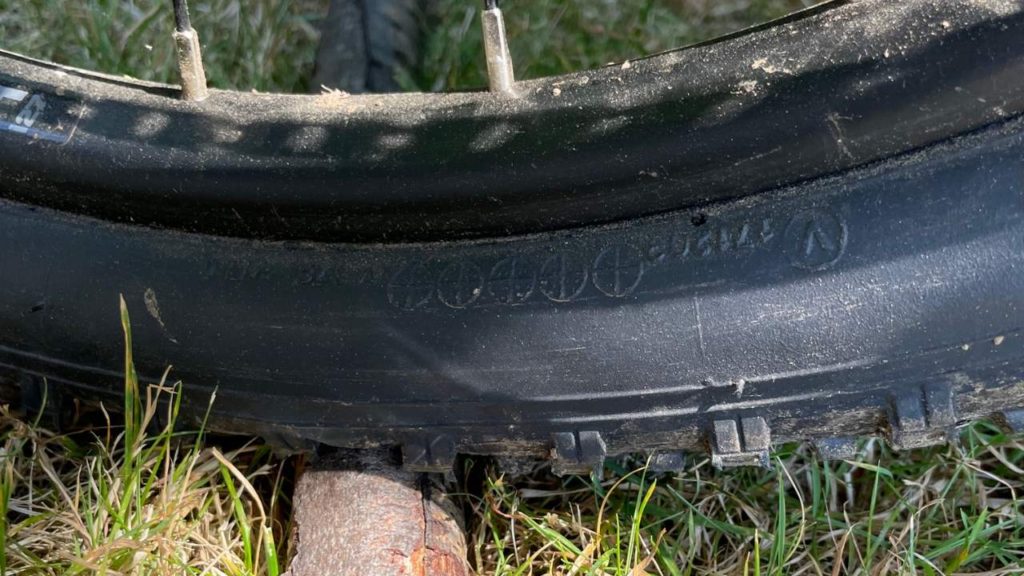
For Mountain biking and trail riding, the desired pressure is lower to increase traction and comfort for the kids on rougher terrain. Introducing “tubeless” tires (removing the inner tube) is great for this as it decreases the chance of a flat tire and allows you run even lower pressures for the kids. Going tubeless requires a specific type of tire/rim combination and the addition of tubeless valves and sealant (see our youtube tubeless tire video).
There is a point when you can go too low, creating too much rolling resistance, running the risk of the tire rolling off the rim and bottoming out the tire on the rim. The key again is to find the balance for rider weight and terrain to optimize traction, rolling resistance and comfort.

